
Despite Polkadot launching the Genesis block of its network just last year, the project has since gone from strength to strength. Recently, Polkadot’s native DOT token has surged to establish Polkadot as the fourth-largest cryptocurrency by market cap. What’s more, the sheer number of Polkadot projects that have already risen to prominence is remarkable. In fact, Polkadot projects are stealing the hearts and minds of crypto enthusiasts by promoting interoperability and innovation within the blockchain industry.
In this article, we’re going to explore some of the top Polkadot projects within the Polkadot ecosystem. Also, we’ll look at what makes Polkadot such an attractive building ground for developers, and how Polkadot is stamping out blockchain tribalism, and promoting harmony within the crypto space.
If you’re new to cryptocurrency and want to learn more about how to invest safely and securely, see our Crypto Basics course at Ivan on Tech Academy. Alternatively, if you’re already invested and want to gain a deeper understanding of how the industry operates on a fundamental level, see our Blockchain & Bitcoin 101 or Ethereum 101 courses. Ivan on Tech Academy is here to provide foundational knowledge in blockchain, whether you’re a self-professed technophobe or experienced computer programmer. Ivan on Tech Academy has all you need in one, convenient place!

What is Polkadot?
Known as one of the most well-funded blockchain projects to emerge from the initial coin offering (ICO) boom in 2017, Polkadot received over $140 million from investors. Since then, co-founders Robert Habermeier and Dr. Gavin Woods have been working hard on the development of the Polkadot launch which took place in May 2020, with the final stages to be completed this year. Dr. Gavin Woods is also co-founder of Ethereum and wrote the Ethereum programming language, Solidity.
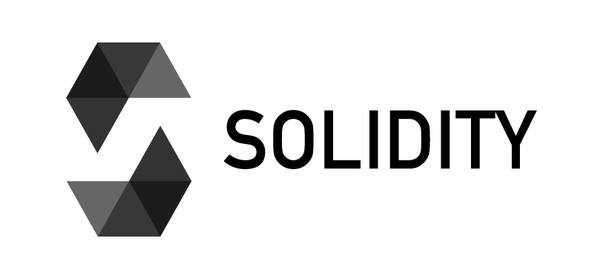
Polkadot has sometimes been referred to as the ‘blockchain of blockchains’. Polkadot itself is an interoperable ecosystem built using Substrate, composed of various components. These include the Relay Chain, parachains, parathreads, and bridges. Together, these elements form a developer’s playground to create interoperable decentralized applications (dApps) harnessing the liquidity of Ethereum.
The core of the Polkadot protocol lays within the Relay Chain. The Relay Chain is responsible for network interoperability and shared network security. Moreover, the Relay Chain secures the parachains and parathreads within Polkadot’s ecosystem, using the “hub-and-spoke” model. Parachains are independent blockchains that can mint their own tokens and are customizable to facilitate individual use cases. On the other hand, parathreads are smaller, ‘pay-as-you-go’ models of blockchains that don’t need continuous connectivity with the Polkadot network. Bridges allow both parachains and parathreads to connect to other blockchains such as Ethereum or Bitcoin.

Polkadot is a platform that allows cross-chain communication beyond just tokens. In fact, Polkadot facilitates communication between public and private blockchains, oracles, and a protocol for future technologies to build on. The mission of Polkadot is to achieve a completely decentralized web where users are in full control and ownership of their data and identity.
DOT Token
Polkadot is powered by its native token DOT. Originally created on Ethereum as an ERC-20 token, DOT has since transitioned to become a native token on the Polkadot platform. DOT holds several utilities within Polkadot’s ecosystem. These include governance, whereby DOT holders can vote on changes to network fees and additional parachains.
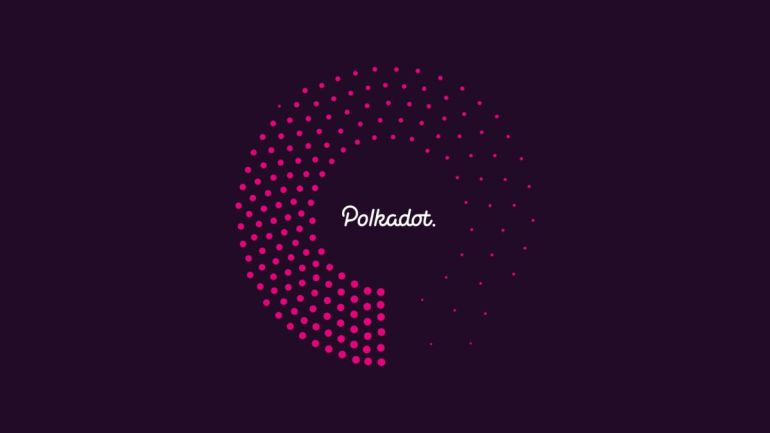
Also, DOT can be staked on the platform to secure the network and validate transactions. Furthermore, holders of the DOT token can choose to participate in ‘bonding’ their tokens. This essentially means locking up DOT for a set period, to add new parachains to the network. Tokens will be released to holders once the bonding period has ended and the parachain has been removed.
Make sure to save our Polkadot Deep Dive article for later, explaining in further detail how the Polkadot ecosystem operates on a technical level.
Exploring The Polkadot Ecosystem: Top Polkadot Projects
Below, we have listed a few of the most talked-about top Polkadot projects. There have been hundreds of projects developed within the Polkadot ecosystem, each with its own defining use cases. The collective of Polkadot projects caters to every aspect of decentralized financial technology and beyond.
Many of these projects are competing for a parachain slot directly secured to the Polkadot Relay Chain. Parachain slots are limited, as there can only be a set amount of parachains connected to the main Relay Chain at any one time. We have explained the Parachain Slot Auction in more detail later in this article.
Kusama
Kusama is often considered to be the testing ground for Polkadot projects. Described as the “cousin” of Polkadot, Kusama was also built on Substrate and was created by Polkadot co-founder Dr. Gavin Wood in 2019, using an almost-identical codebase to Polkadot. Although it is often referred to as the “testnet” for Polkadot, Kusama has provided a versatile environment that has assisted in the rapid growth of several top Polkadot projects.
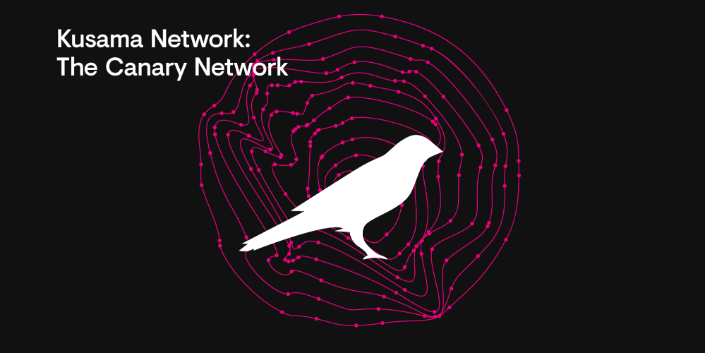
Furthermore, Kusama plays a crucial role in checking projects and testing new features before a project is deployed on Polkadot. Although Kusama is an unaudited preliminary version of Polkadot, the Kusama blockchain is still an ideal place for parachain developers to experiment and test out new ideas. Furthermore, Kusama is governed by holders of the native KSM token and will continue as an independent community blockchain long after the mainnet launch of Polkadot.
As such, Kusama is sometimes known as the “canary in the coal mine” of Polkadot projects. Still, Kusama and the KSM token have performed well on their own since their launch.
Moonbeam
Moonbeam is an interoperable platform for smart contract deployment that will allow users to easily bridge Polkadot and Ethereum. The Moonbeam utility token “Glimmer” (GLMR) will be used for transaction fees when executing and interacting with smart contracts.
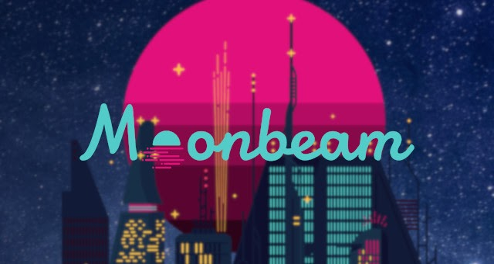
Though still under development, Moonbeam will provide an intuitive, developer-friendly platform for building cross-chain smart contracts. Furthermore, Moonbeam could assist existing decentralized applications (dApps) in future developments.
Complete with Ethereum Virtual Machine (EVM) integration and a web3-compatible API, the Moonbeam project aims to bring increased speed and interoperability to decentralized finance (DeFi). Moonbeam is expected to be launched on Polkadot Mainnet sometime in Q2 of 2021.
Centrifuge
Centrifuge is a Polkadot-compatible protocol for decentralized financial assets that serves as a “gateway for real-world assets into DeFi”. Working in conjunction with MakerDAO, Circle, and Celo Protocol, Centrifuge facilitates borrowing and lending on the blockchain. Moreover, users can take out loans using real-world assets as collateral. For example, using Centrifuge, it is possible to take out a loan using invoices, mortgages, and other tokenized assets as collateral. Centrifuge has two key components, Centrifuge Chain, and Tinlake.

The Substrate-based Centrifuge Chain is a blockchain that utilizes the Proof-of-Stake (PoS) consensus algorithm. The native Radial token (RAD) is used to perform on-chain governance and transactions across the Centrifuge blockchain.
Tinlake is a decentralized application (dApp) built on Ethereum that enables users to create and manage customized asset pools. Users of Centrifuge Chain can convert real-world assets into non-fungible tokens (NFTs) that can be used within the Tinlake dApp and exchanged for stable assets.
Edgeware
Edgeware is a “self-improving smart contract blockchain” built for the Polkadot ecosystem. Development of the Edgeware blockchain is sustained by the Edgeware on-chain treasury, which is run by elected network participants.

The Edgeware token (EDG) initial coin offering (ICO) took place in Summer 2019 using a fair distribution and lockup model with no initial pre-mine. Furthermore, over 90% of all EDG tokens were distributed during the genesis block of the Edgeware blockchain.
As Polkadot’s first smart contract parachain, if eligible, Edgware could become the simplest solution for deploying smart contracts on the Polkadot network. This puts Edgware in-line to be one of the most highly-used Polkadot projects and a key component of the Polkadot ecosystem.
Blockchain is quickly becoming a part of everyday life for many people and businesses. Therefore, it should come as no surprise that the demand for blockchain programmers is increasing exponentially throughout various sectors. If you want to position yourself well for a new career in an emerging field, you should definitely consider becoming a blockchain programmer. The Bitcoin Programming and C++ courses at Ivan on Tech Academy are designed to equip you with all the necessary tools to land that perfect job in crypto!
Polkastarter
Polkastarter is a crypto launchpad and fundraising platform that facilitates cross-chain auctions and token pools. The Polkastarter platform makes it easy for projects to raise capital from a decentralized, interoperable, Polkadot-based environment. The native POLS ERC-20 token has experienced incredible price action, as several projects launched on Polkastarter have seen significant success.
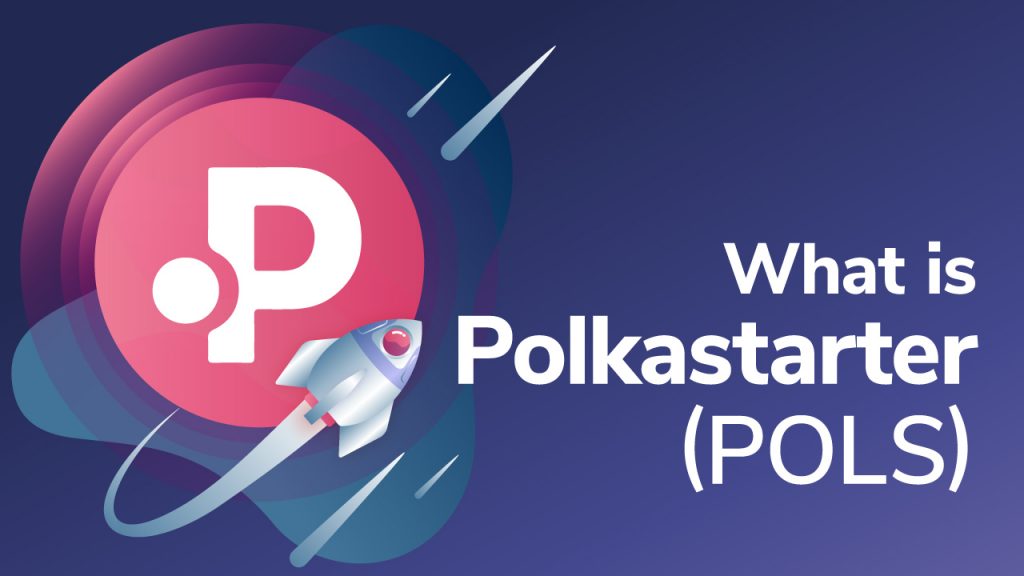
Moreover, holders of the POLS token can gain early access to pre-sale events. This makes it easy to get involved in a project before it reaches the masses. Though non-POLS holders can participate in Polkastarter token launches, a substantially larger portion of new tokens are allocated to pools reserved for POLS token holders.
Exeedme
Launched on Polkastarter, Exeedme is a gaming platform designed to create new revenue streams for users of the platform. Exeedme harnesses the power of non-fungible tokens (NFTs) and decentralized finance (DeFi) to incentivize gamers to monetize their skills. This is achieved with the native XED token.
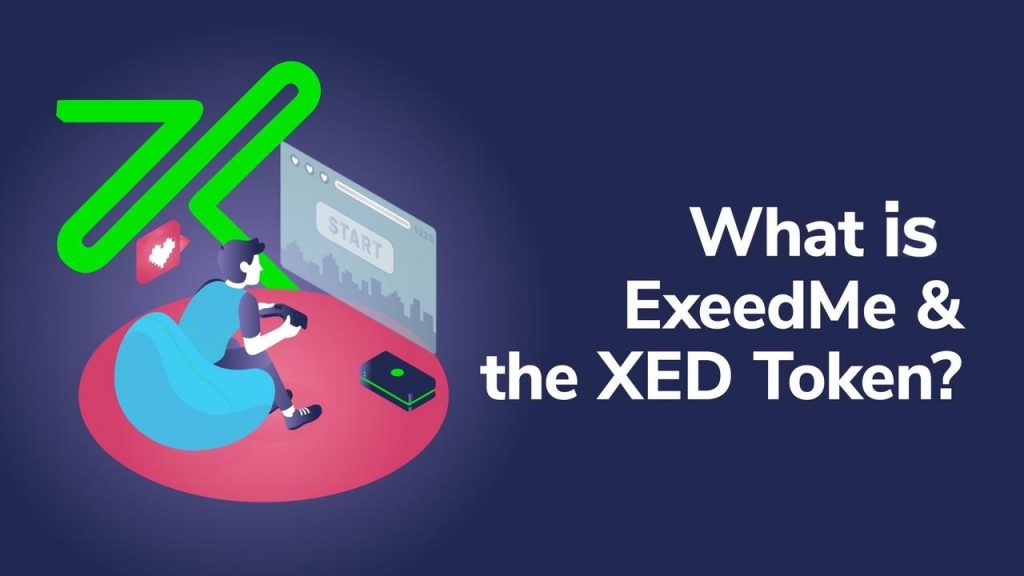
Not only are gamers rewarded with XED tokens for winning tournaments, but they are also rewarded for merely participating. Exeedme makes it easy for gamers to set challenges between friends and earn crypto rewards for simply having fun!
Furthermore, the Exeedme platform allows gamers to compete in high-level tournaments with substantial prizes on offer. Also, users can stake XED tokens to unlock rare NFTs that can be used in-game.
Akropolis
Akropolis is an autonomous, decentralized platform powered by Polkadot for building community economies. As one of the most innovative cross-chain decentralized finance (DeFi) protocols to-date, Akropolis facilitates under-collateralized borrowing and lending. This could be a complete changer for DeFi, as most DeFi lending protocols require over-collateralization to take out a loan.

Using Akropolis, developers can easily build decentralized autonomous organizations (DAOs), and scale projects using the OpenZeppelin software development kit (SDK). Furthermore, using the Akropolis Sparta protocol, users are rewarded for risk by providing liquidity to under-collateralized loans.
Also, the Akropolis Delphi platform makes it simple to automate yield to save and earn with minimal risk. This is particularly useful for those that wish to participate in DeFi, but have a limited understanding of how yield farming works under the hood.
If you want to learn more about decentralized finance and yield farming, be sure to check out the DeFi 101 and DeFi 201 courses at Ivan on Tech Academy!
Polkadot Parachain Slot Auction
The Polkadot Parachain Auction is being carried out in English 17th-century style, as a candle auction. Candle auctions have no set end date, and the auction may end whilst projects are bidding. The idea is that projects will bid for a slot, each time bidding slightly higher than the previous project. The auction system will randomly choose a finish point, then check back in time at said finish point to view candidates bidding at that time. The highest bidder during this time wins a slot.
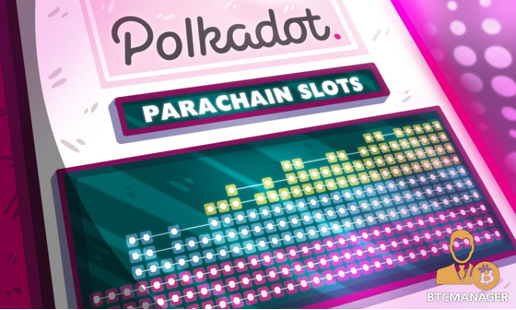
There are approximately 50 to100 parachain slots available during the first auction round. Parachain slots have a two-year lease, broken into six-month periods. Candidates can bid on one or multiple adjoining periods, with a higher bid for a longer timeframe. Bidding for the ‘head slot’ or ‘first slot’ is estimated to be around $1 million according to Dealean Capital, an arguably expensive position. However, research from Web3 Foundation estimates annual costs of securing chains can range from tens of millions of dollars with blockchains such as Cosmos or EOS, to billions for leading chains Bitcoin and Ethereum. Relatively speaking, securing a parachain slot is a far cheaper alternative.
Furthermore, DOT holders have the opportunity to support their favorite Polkadot projects by investing through an initial parachain offering (IPO). If projects believe they don’t have sufficient funding for a parachain slot, they can create a Substrate crowdfunding module to accept DOT tokens from any DOT holder as a loan. DOT tokens will be supplied through the Relay Chain with holders choosing which projects they’d like to support. After the slot lease for a project has expired, all DOT tokens will be returned to the holders. Alternatively, if the project doesn’t secure a slot, all tokens will be immediately returned to contributors.

Top Polkadot Projects 2021 Summary
Polkadot is a thriving ecosystem, with many Polkadot projects being top performers throughout 2020 and 2021 so far. It has become apparent that Polkadot is a crucial element of blockchain adoption through its interoperable framework. Moreover, Polkadot projects can create an additional foundation for other future innovations, to be interoperable with the entire blockchain ecosystem. The possibilities are endless, and we’re only just at the beginning.
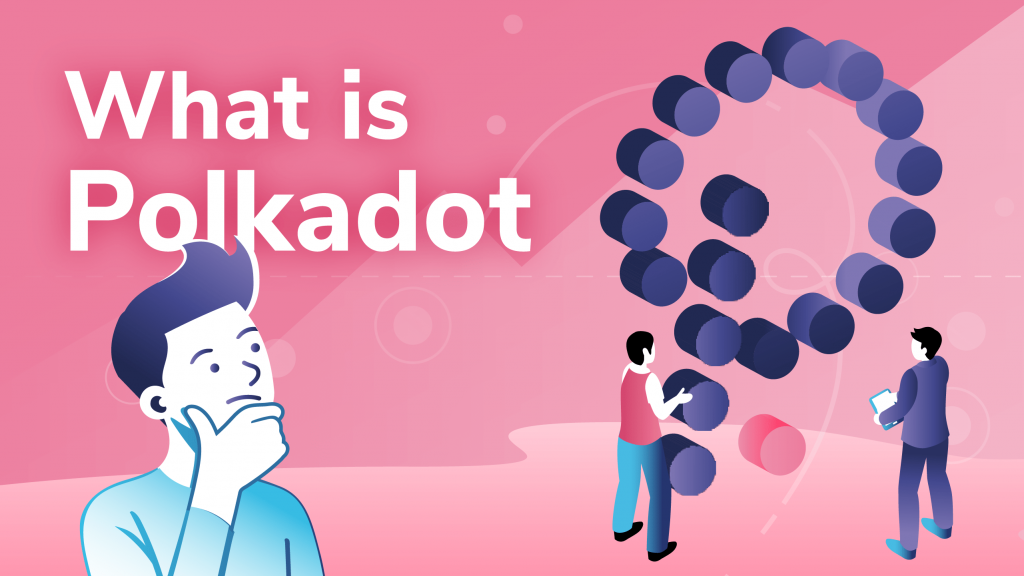
The first Polkadot Parachain Auction will go live with the main launch of Rococo v1, currently estimated to be in February. There are, at the time of writing, 341 Polkadot projects in various stages of development as stated on PolkaProject. We can expect fierce competition for a slot with hundreds of competing projects.
There is no guarantee that a Polkadot project will secure a parachain slot. Kusama could become the go-to alternative if the Polkadot network becomes too exclusive for new projects, or has no parachain slots available. Regardless of an individual project’s success in securing a slot, the Polkadot infrastructure as a whole is designed to continue to expand and innovate.
Polkadot makes it super simple and easy for anyone to build custom parachains and create their own dApps using Substrate. If this sounds appealing but you’re not a developer, don’t worry - Ivan on Tech Academy can teach you everything you need to know in a matter of a few courses! Learn to program from scratch with our Javascript Programming for Blockchain course. Thereafter, you can try out the Ethereum Smart Contract Programming 101, Ethereum Smart Contract Programming 201, and Ethereum Smart Contract Security courses to deploy your very own decentralized applications!





